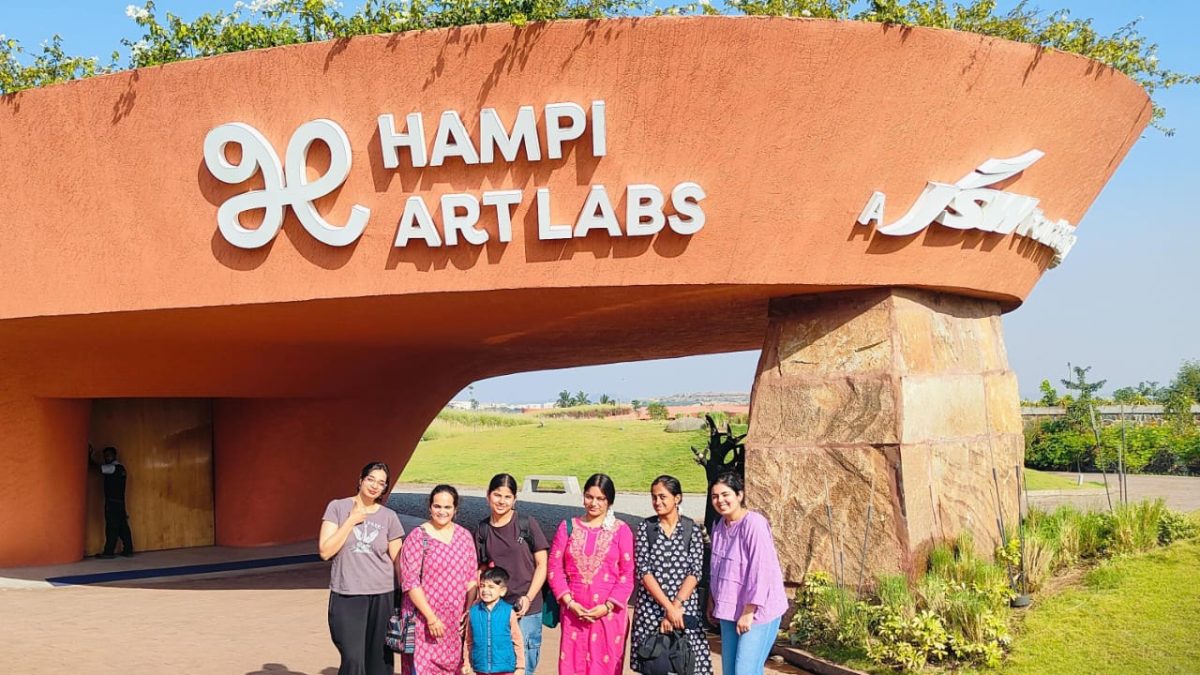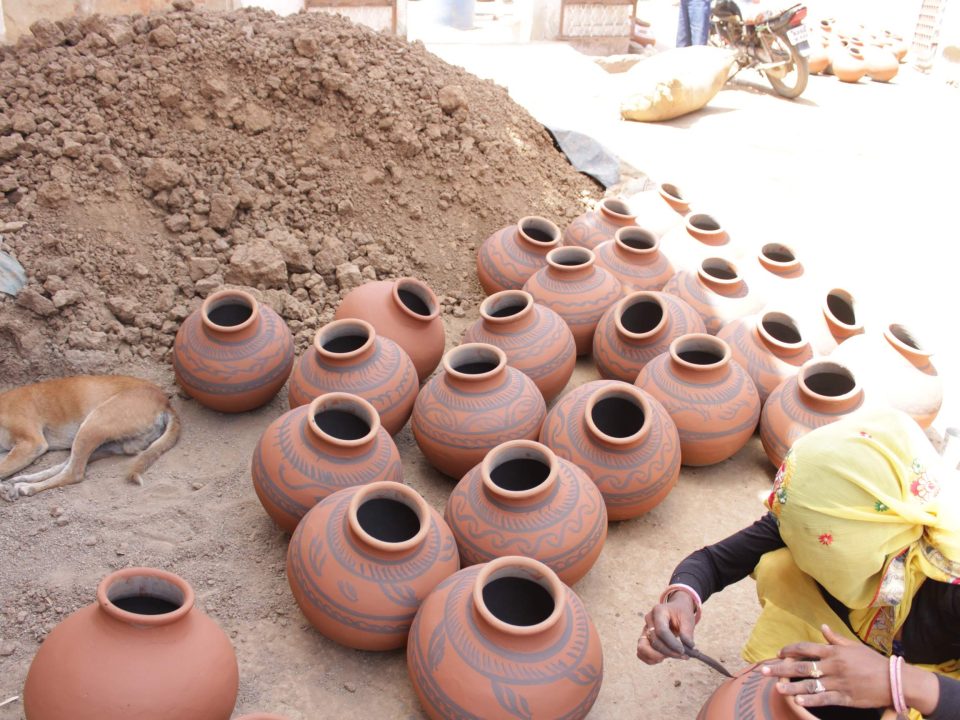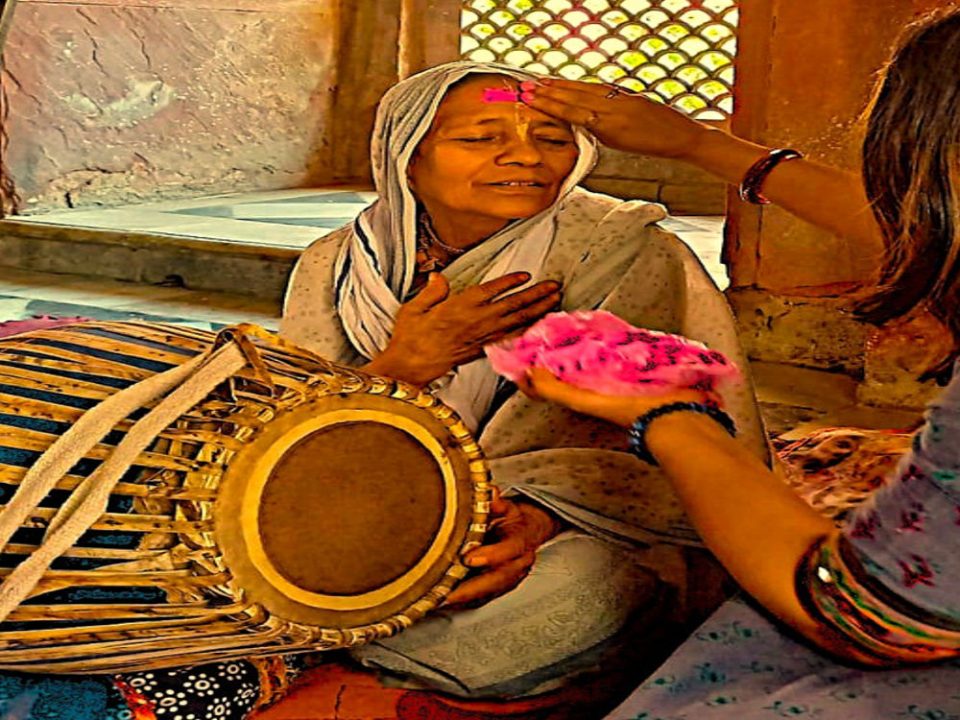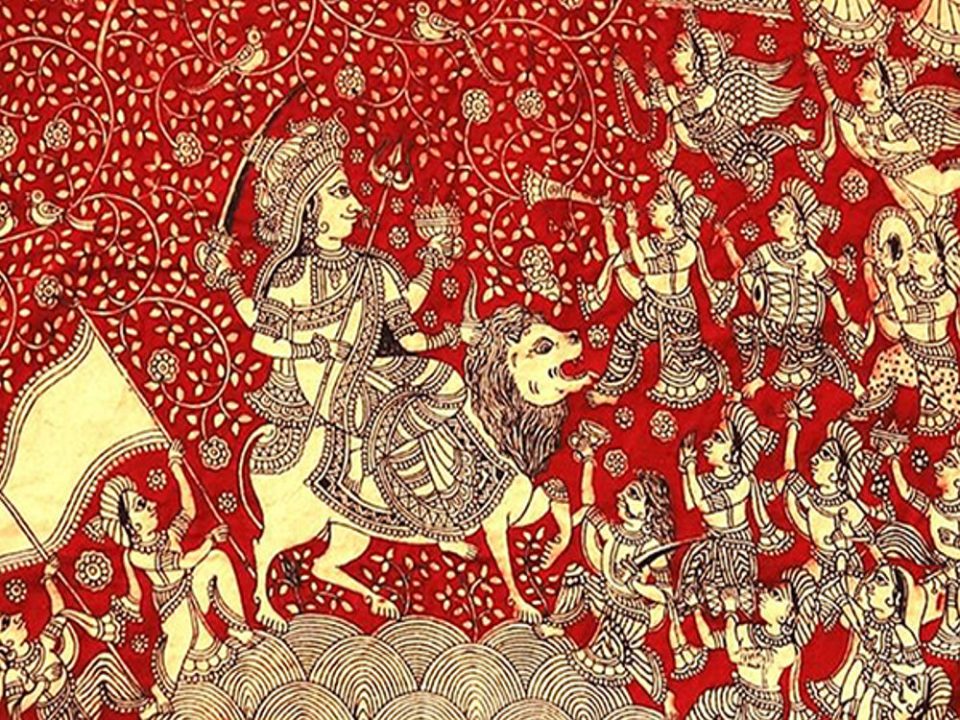Ceramic Workshop with Kate Malone at Hampi Art Labs
Hampi, a land which resonates with varied cultures. A land which is the birthplace of Lord Hanuman, the ultimate symbol of truthfulness and worship. A land which gave us the wise and intelligent Tenali Rama. A land of stories which are narrated through the umpteen temples, mighty river Tungabhadra and the people.
Our year 2025 started with a journey of 2000+ kms across the length of the country. The opportunity was to attend a week-long workshop with a college time inspiration, Ms Kate Malone, MBE and her team at Hampi Art labs. Our group comprised of five students, Parul Rathore and Sneha Ramrakhiyani of 4 th semester M.Voc., Madhumita Thangaraj of 6 th semester B.Des. and Anandita Munshi & Mishthi Mishra of 4 th Semester B.Des. along with me (their faculty) and my 4-year-old son, Damiruday.
We set of switching trains from Jaipur to Delhi and Delhi to Hosapete Junction. The two-day train journey was filled with changing landscapes, food flavours all reflecting India’s diverse culture. With unexpected train delays, a long taxi ride and shimmering vies of Jindal Steel Plants we reached the Vijaynagar Township at night, where we settled in the girl’s hostel accommodation.
We started Day one at Hampi with the visit to The Kishkinda Trust, Annegundi where women artisans from neighbouring villages work with Banana fibre and water hyacinth. They showed us the centre which is equipped with looms to train women in weaving banana fibre. We saw sorting and drying of water hyacinth as well. At the TKT the women make mats, jewellery, coasters, wall hangings, bags etc.
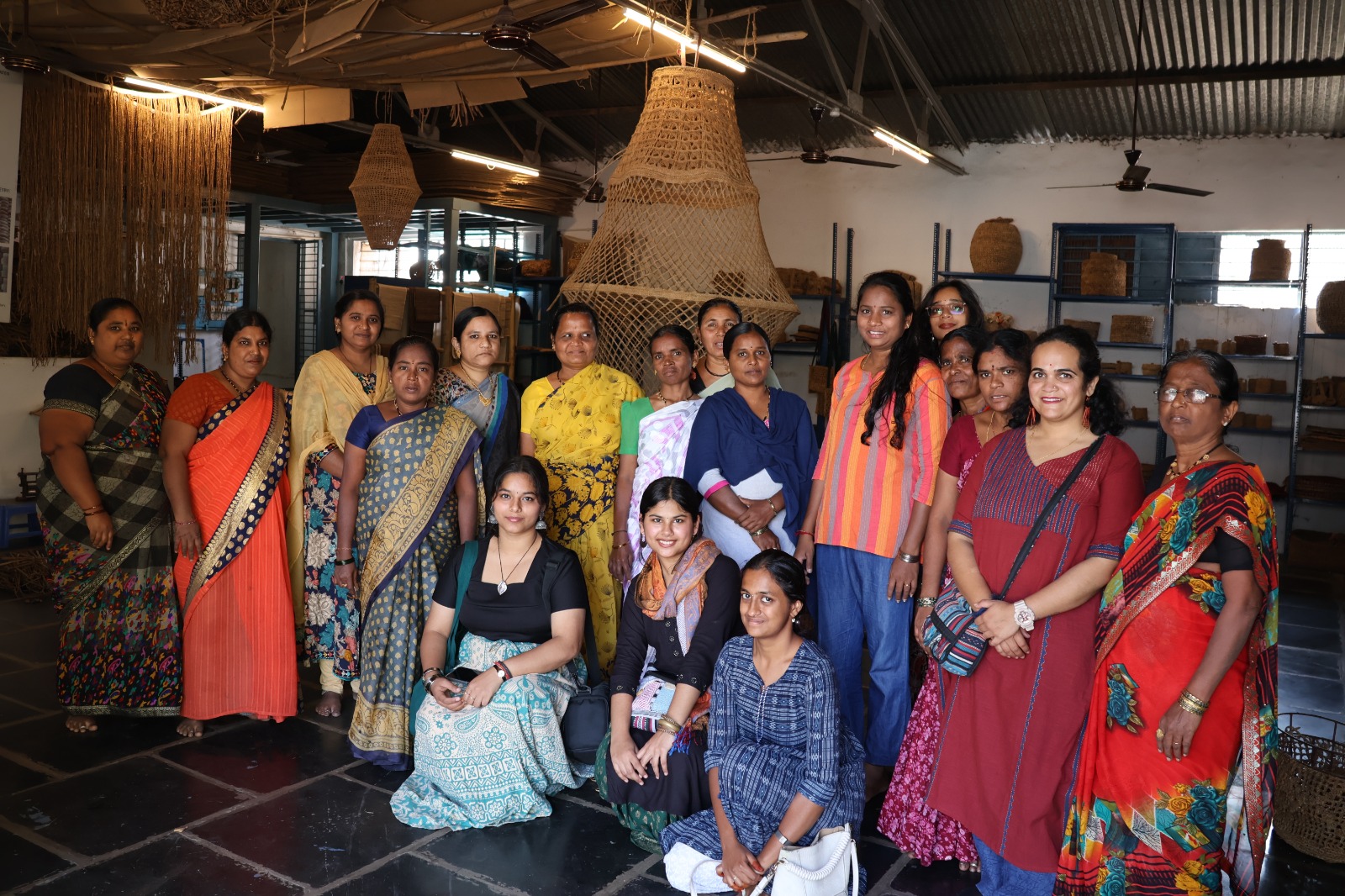
From TKT while soaking the views of the rice fields, big boulders and the river Tungabhadra we went to bring the image on the 50 rupee note live. The stone chariot is located is located in the complex of Vijay Vittala temple in Hampi. We then went to visit the Yantrodharaka Hanuman temple on the banks of Tungabhadra. We saw the Sumeru Parvat where it is believed to be the meeting point o Lord Ram and Lord Hanuman. At Virupaksha Shiv Temple we met Lakshmi the temple elephant and witnessed the setting sun creating a halo around the temple’s Shikhara.
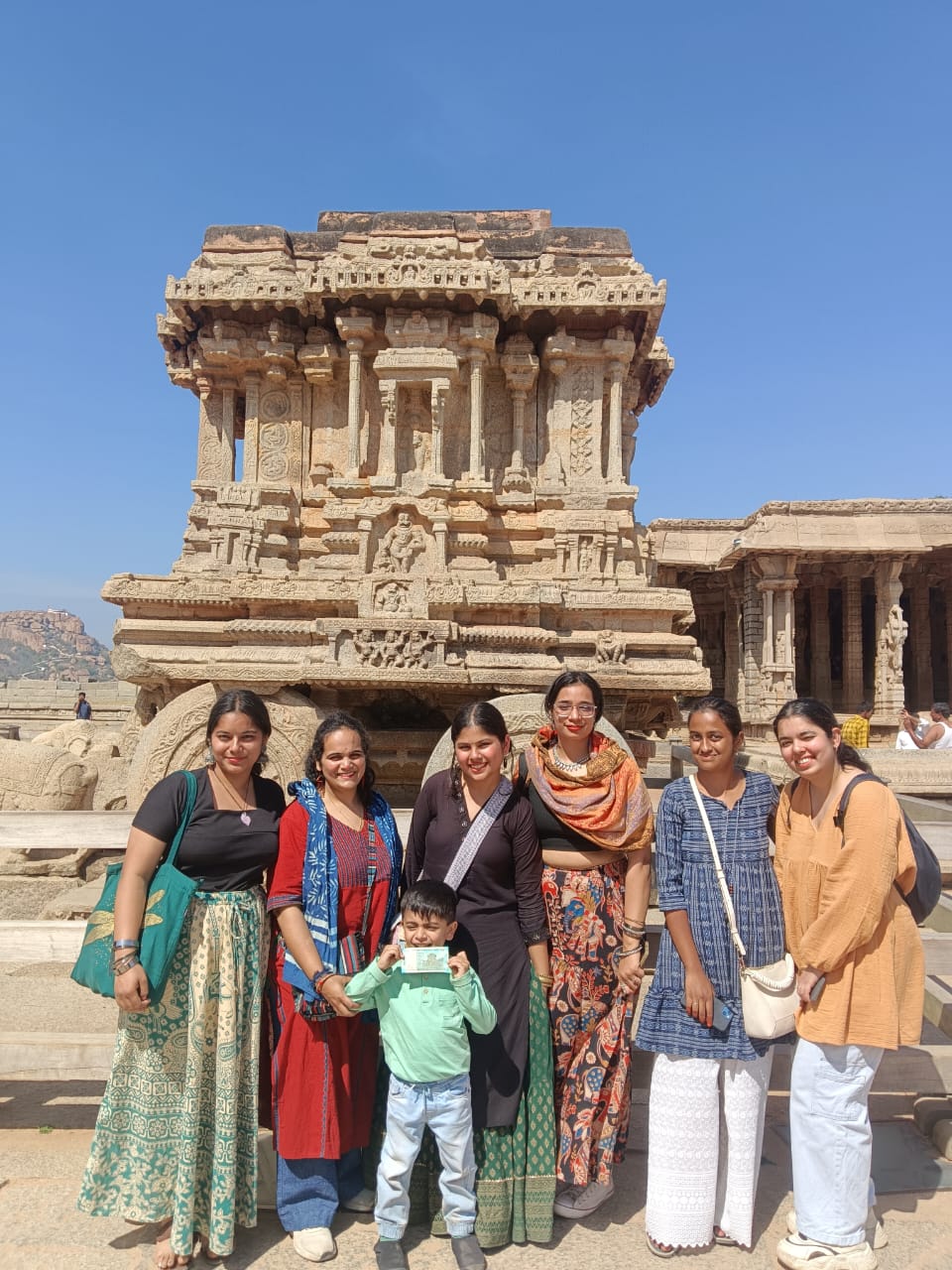
On day two we prepared for the evening when we had to present our works to the workshop group. Hampi Art labs is an initiative of Mrs Sangeeta Jindal. They invite artists in residence every three months and for our luck that time there were five eminent ceramic artists, Shradha Joshi, Vishnu Thozur Kolleri, Rashi Jain, Suraj Kumar Sahu and Reha Salvi. All of us inclusive of artists, students and Kate presented their works to each other. Ms Madhvi Subrahmanian was also present for the workshop. These presentations, built confidence and Kate a brief overview as to the strengths and ideas of each of the participants.
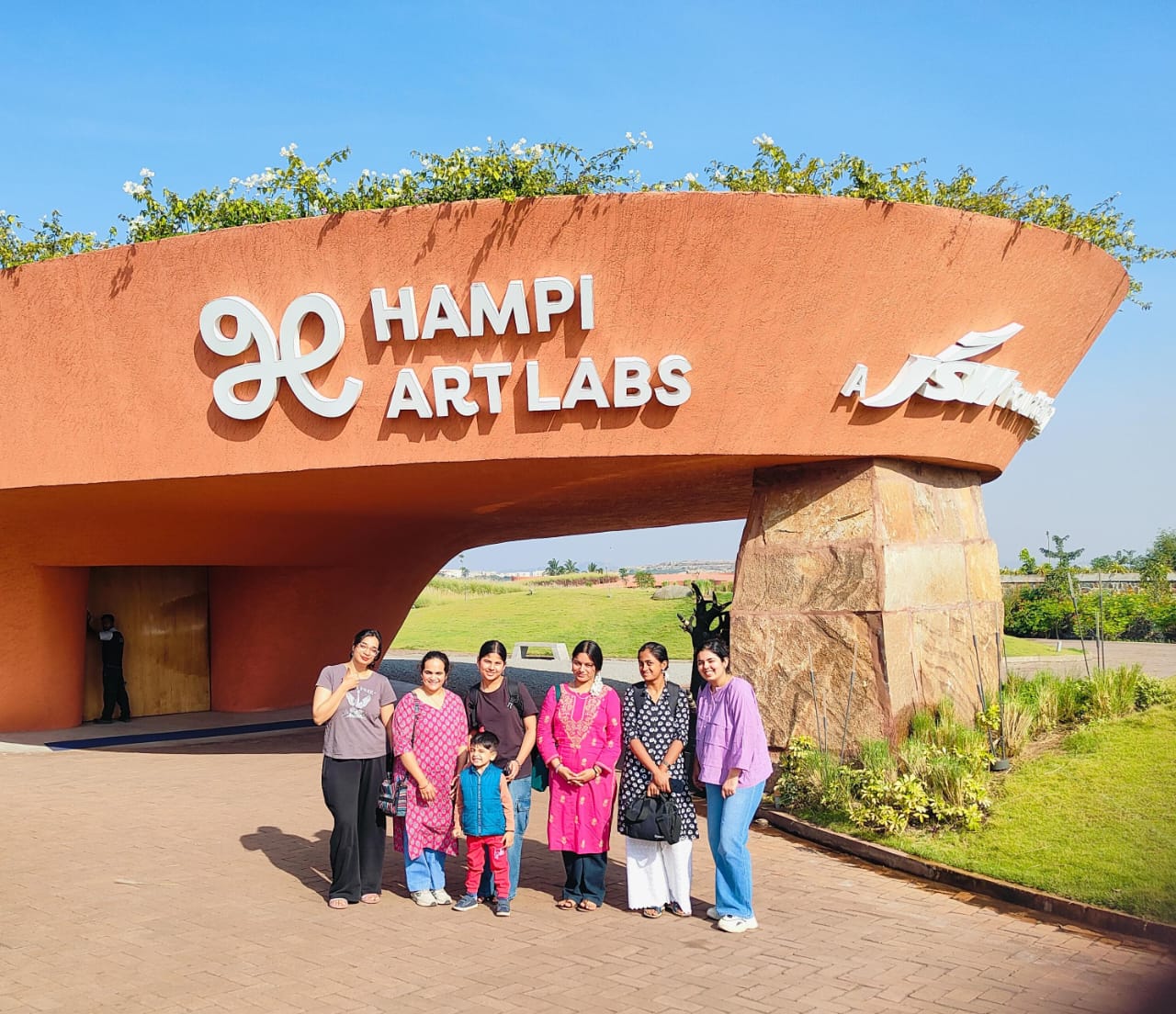
It was a bright Monday morning when we walked through the beautiful canopy of trees all along the roads of the township and reached Hampi Art labs looking forward to the days as they unfolded. Kate briefed that all the five days we were going to work on basics of clay as with the fast pacing life we tend to forget the fundamentals. This made me realise that even when it comes to designing we face a similar scenario. Simple design is the most difficult to achieve. As to make something extraordinary we tend to forget the basics. There were two kinds of clay made available to us. One was a terracotta body and another was a high firing stoneware body. First brief was to make two pinched hollow spheres each. Kate had planned number of presentations for us dealing with her works in different sectors, her crystalline glazes, inspirational artist works, nature, her inspirations, pricing etc along with hands on exercises in clay. The latter half of the day was dedicated to making thin and thick coils. All these were then collected and stored in poly bags and cartons for us to use them as community project at the end of the workshop.
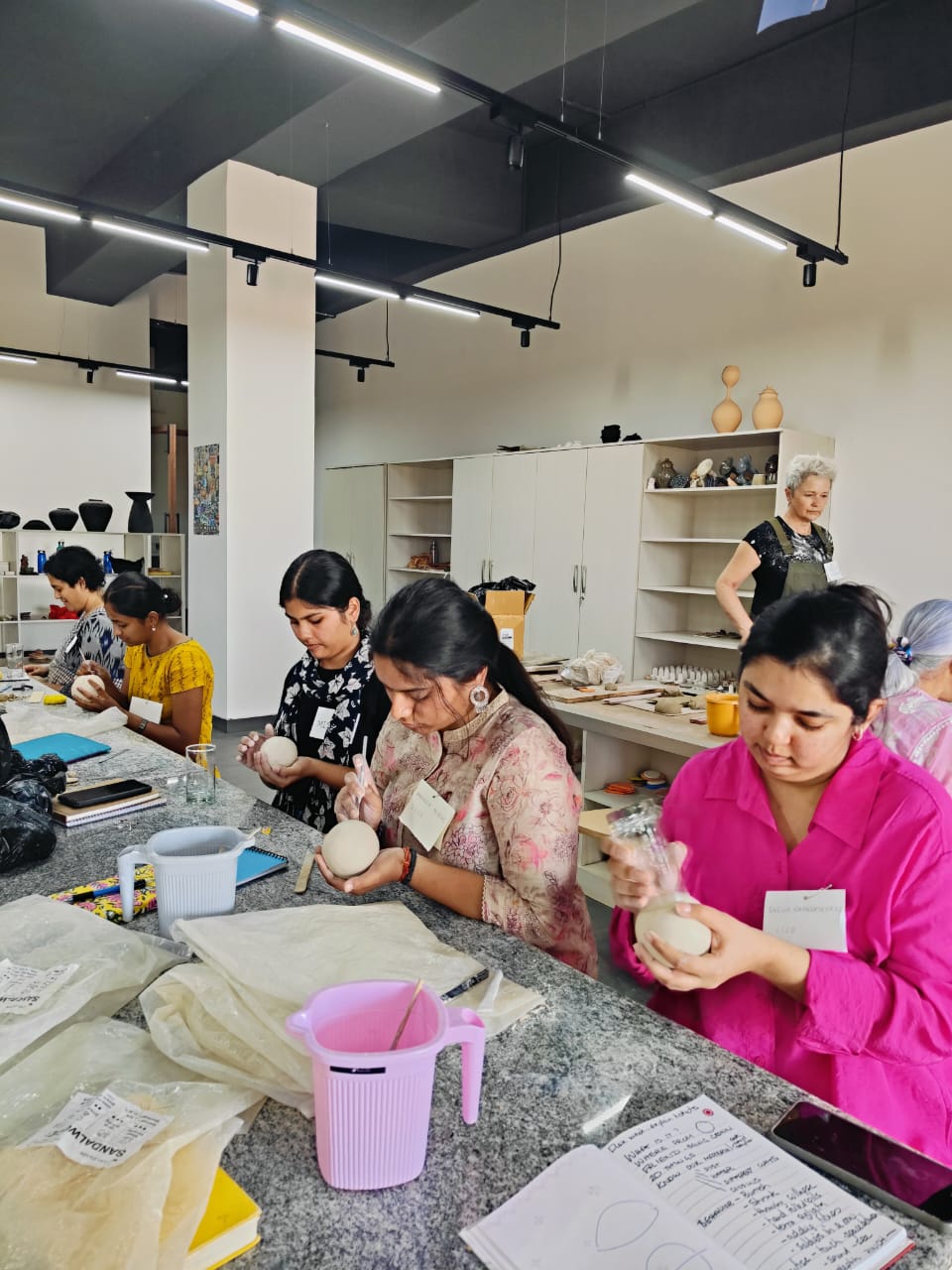
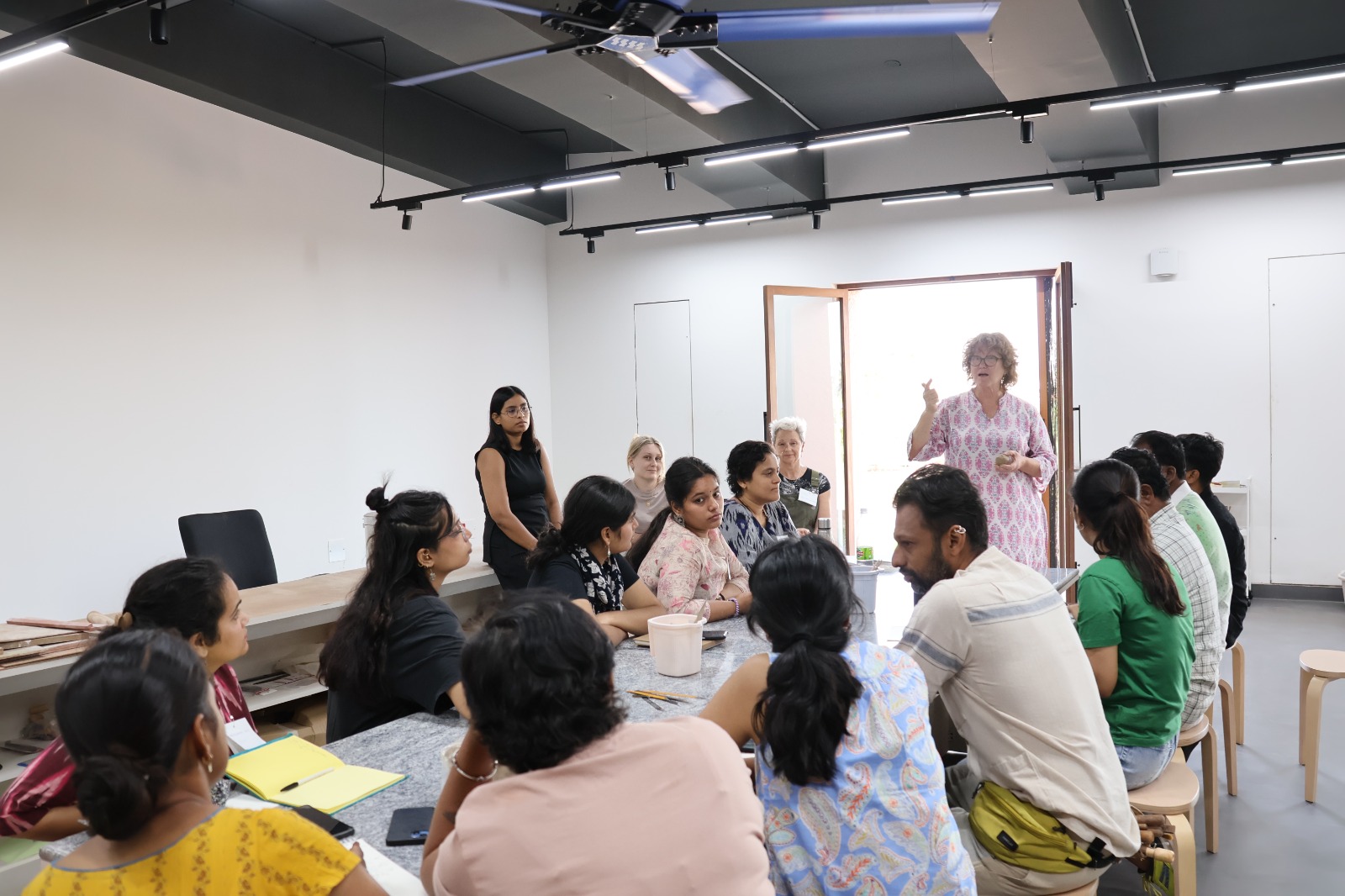
On the second day after the presentation we all played a game of musical chairs and when the music stopped we all found ourselves facing coloured bags kept on the tables. It was the Blind project in which we had to observe the object in the bag with just touch and feel with our eyes closed. Taking lead from this touch we had to hen replicate the object in clay. It was as interesting activity of what we feel and what the mind perceives and makes us believe. The bags held objects like seeds, toys and other small objects from Kate’s collection. When we saw the object, we were surprised to see our observations, some accurate, some perceived. This activity was a reminder as to the potential clay holds from a tiny pinch to the thrown on the wheel.
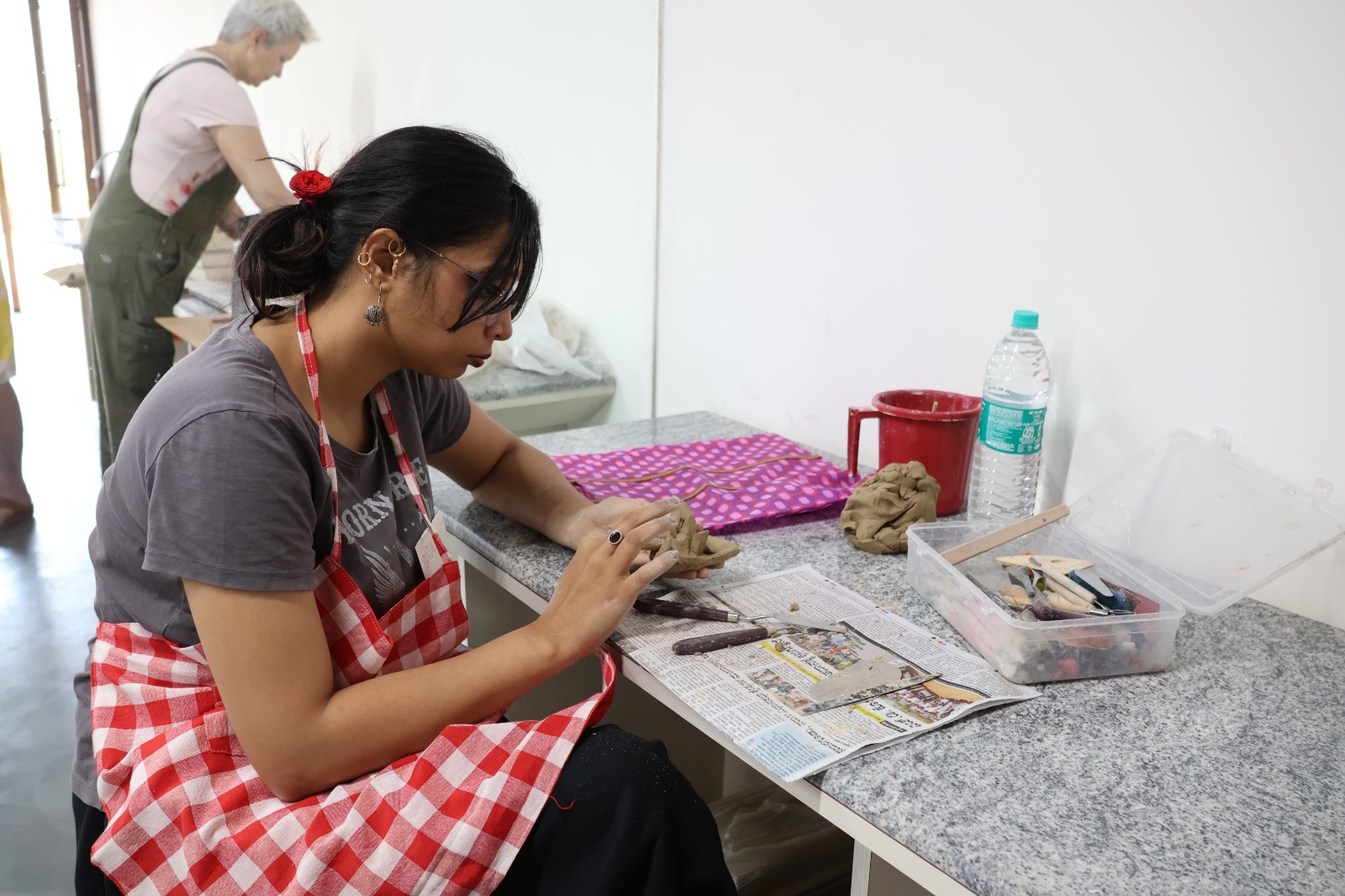
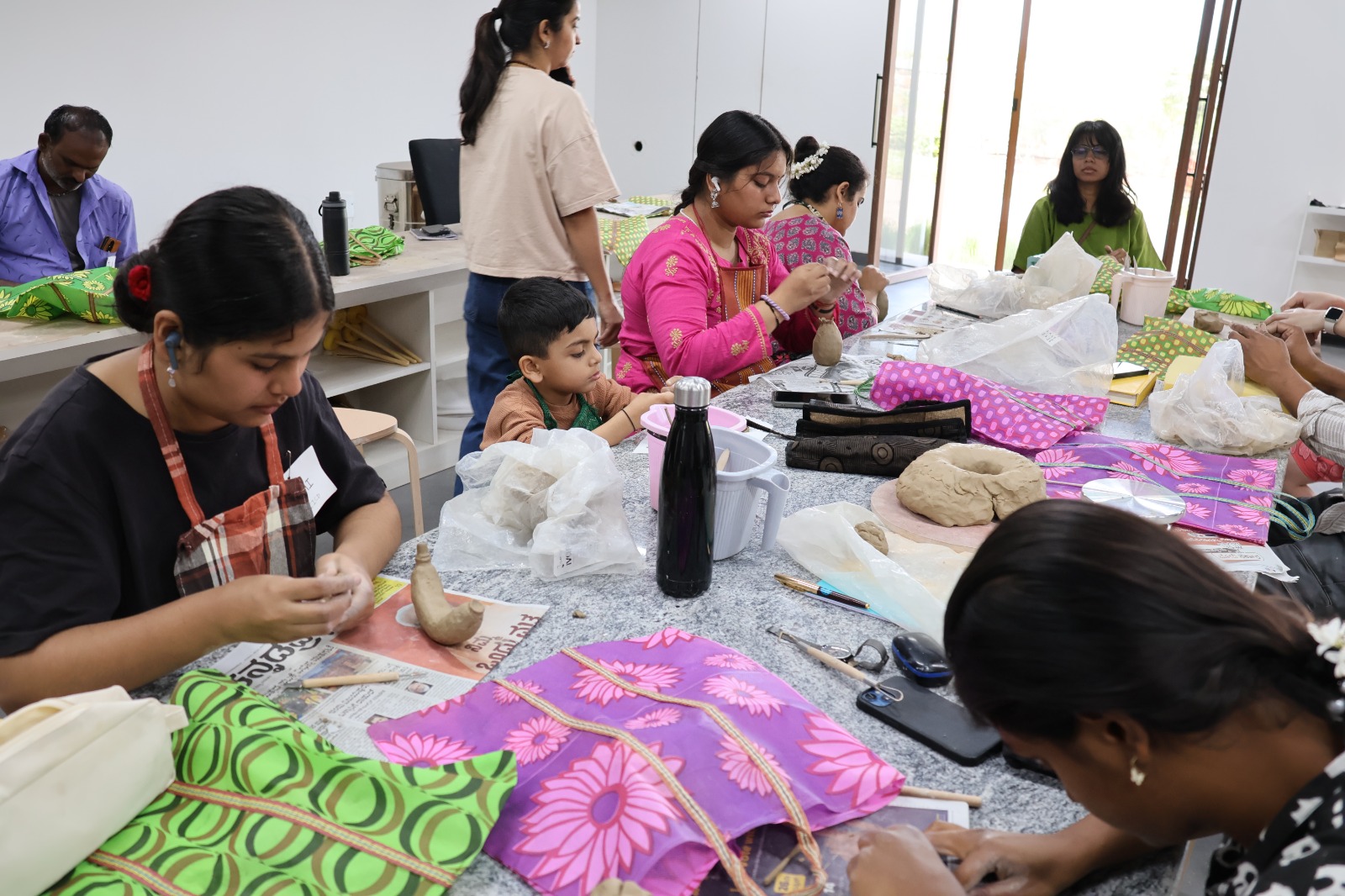
Day three was about ‘Build to the Sky’ using 10kg clay and that it should be able to hold a 200g sphere. We all were divided into groups of two each. All the teams got down together to think about the best possible stable and tall structure. It was a fun exercise with all of the teams racing against time managing clay and drying their sculptures. Most of the teams were successful in balancing the sphere atop their sculpture. The day concluded with Louise and Kirsty’s (Kate’s assistants) presentations.
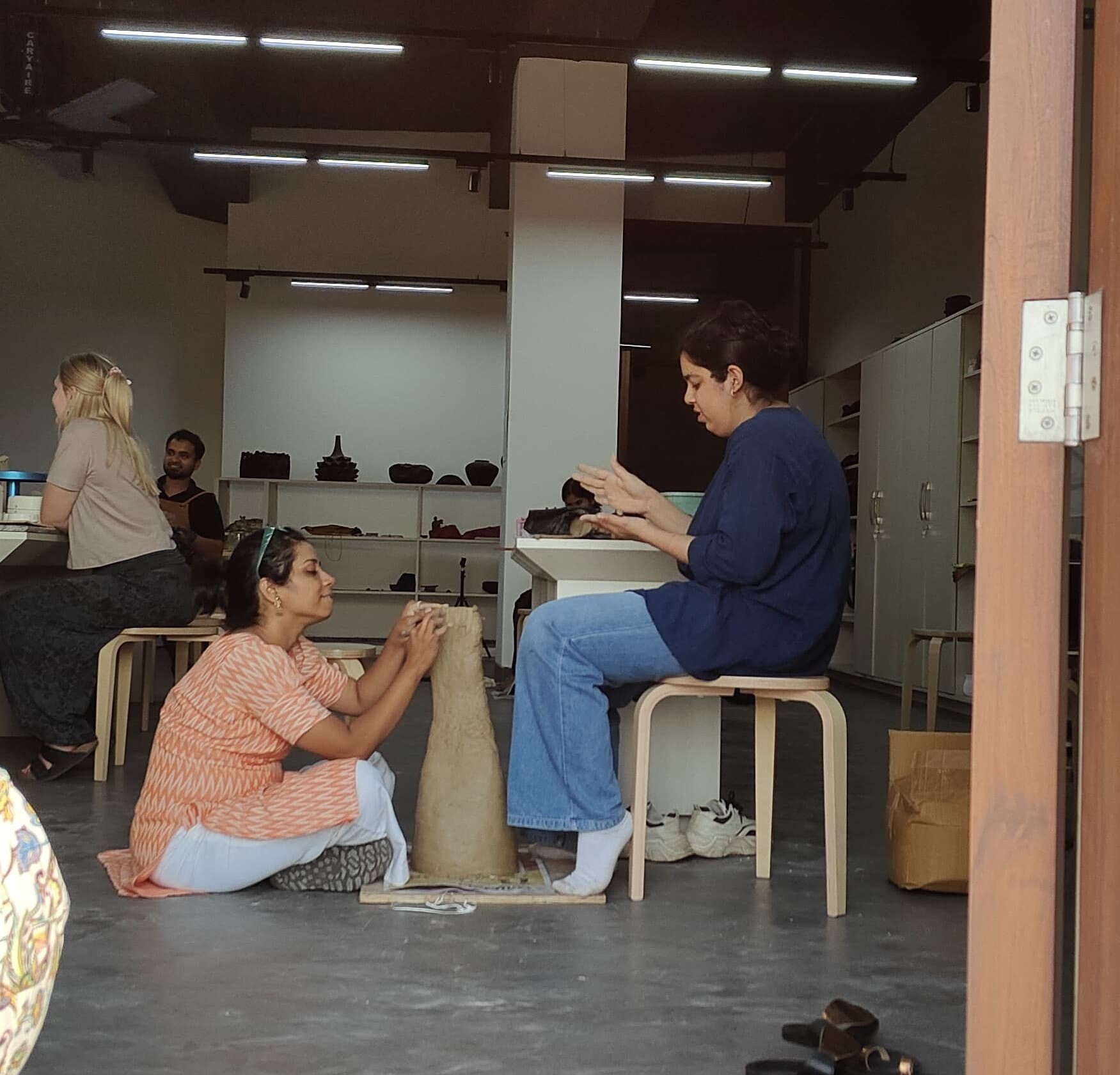
On day four we visited Sandur collective and the Sandur Pottery cluster where we saw the local potter community and the environment. It was fascinating to see how JSW had built infrastructure all around the nearby area to procure raw materials using conveyor belts built across lakes and hills. The work being done under the Sandur collective speaks about the clay and its forms being portrayed in black.
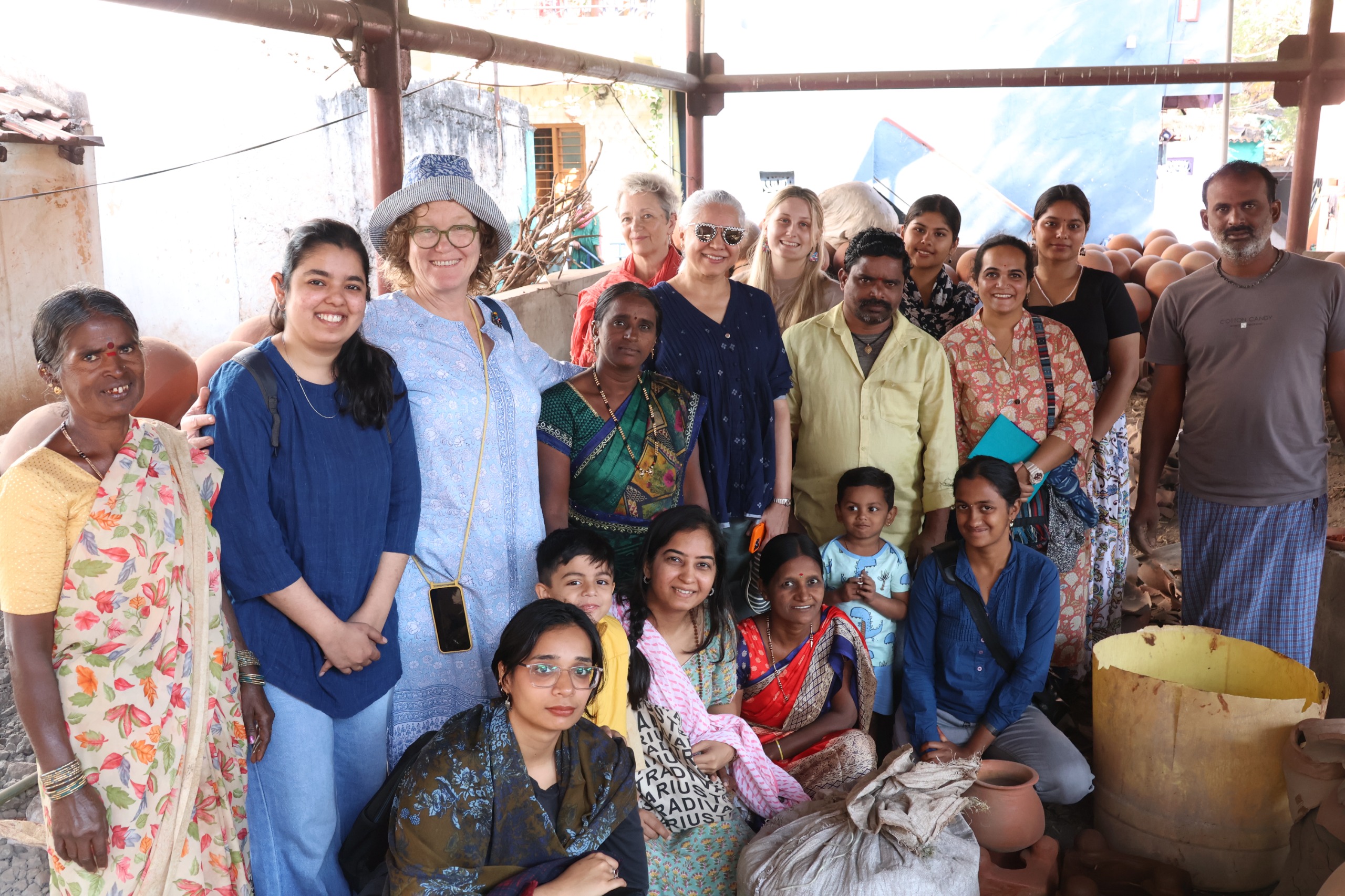
With more presentations lined up during the day we all got to explore the brush on glaze technique of applying glazes as used by Kate and her team to paint their works. We all made our test tiles or tongue tests as she calls them. Ms Madhvi Subrahmanian also shared her journey as
part of the Indian Ceramics Triennale Team.
The last day of the workshop was for the Community building exercise. We got all the work done from day one to day four and created a sculpture which was an amalgamation of the group’s work. The task was to make a throne for one of Kate’s signature pumpkin bowls made by Kate and us. The workshop concluded with group photos with our community sculpture.
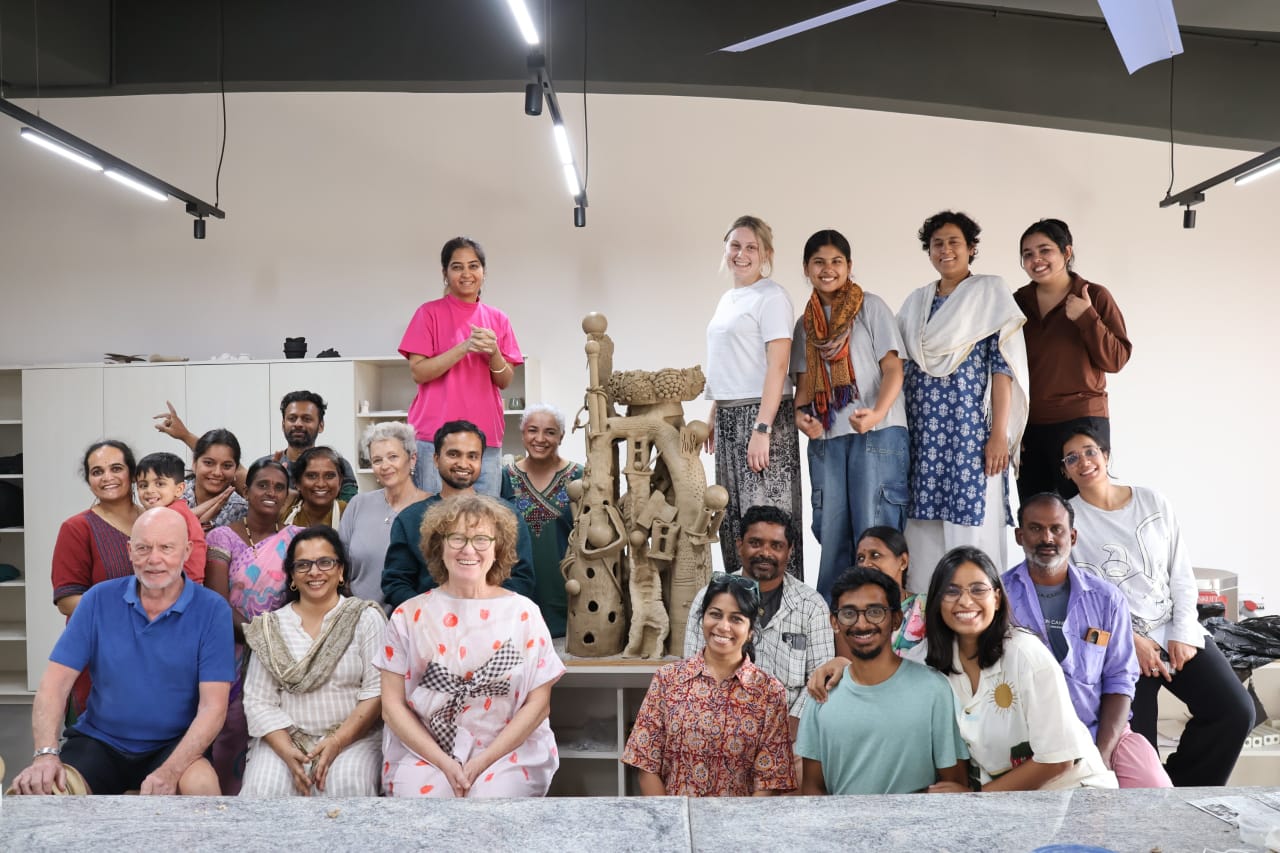
The workshop was an immemorable experience for all of us on both personal and professional levels. Kate Malone, her pumpkins, gourds, seeds and ofcourse her crystalline glazes have been a huge source of inspiration since my college days. Her idea of expression into clay work whether for community projects or huge auctions has always had a lot of depth. Fifteen years later getting a first-hand experience of Kate’s humility and eagerness to share her knowledge was enriching. For each student, who has chosen ceramics as a career, this interaction gave them a sense of direction and clarity. It was an exposure to the vastness of the ocean of ceramics. My son who is at a mouldable stage, this experience must have left an impression of a lifetime with Kate ‘aunty’ and all the staff at Hampi Art Labs showering him with love and gifts every day.
The Hampi Art labs is built taking inspiration from the flow of river Tungabhadra. Just like a river which has stories to tell of each place it flows by, we the group who went for the Ceramic workshop with Kate Malone, have got this experience etched in our minds and this river of ideas has left a mark in our lives forever.
Our journey back home was filled with excitement to put our hands into work with the innumerable possibilities which were bustling in our minds.
Photos courtesy: Anandita Munshi, Mishthi Mishra, Sneha Ramrakhiyani.
Photos courtesy: Anandita Munshi, Mishthi Mishra, Sneha Ramrakhiyani.
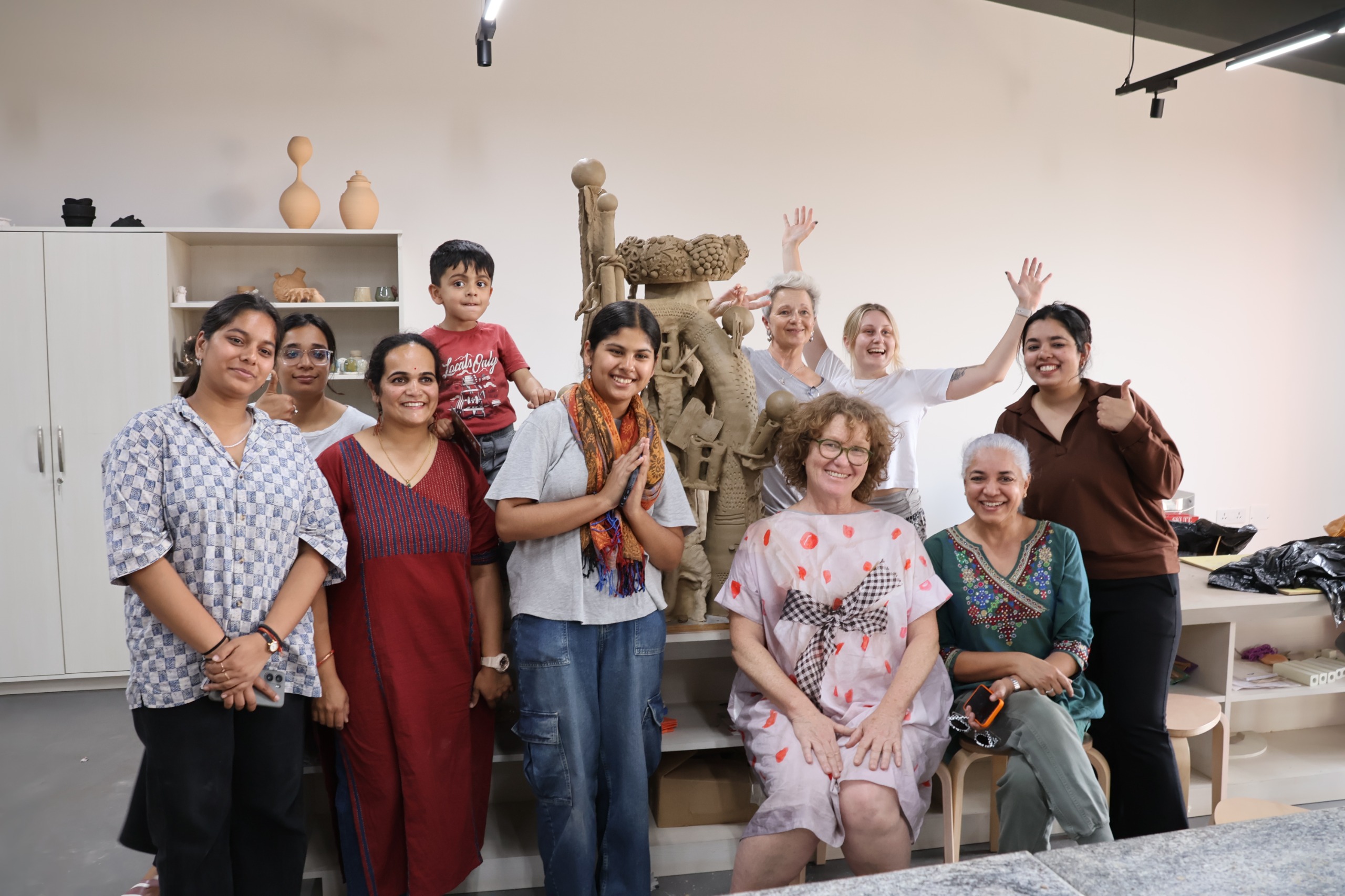
By Ms. Dhruvswamini
(Assistant Professor, IICD)
Hampi, a land which resonates with varied cultures. A land which is the birthplace of Lord Hanuman, the ultimate symbol of truthfulness and worship..


